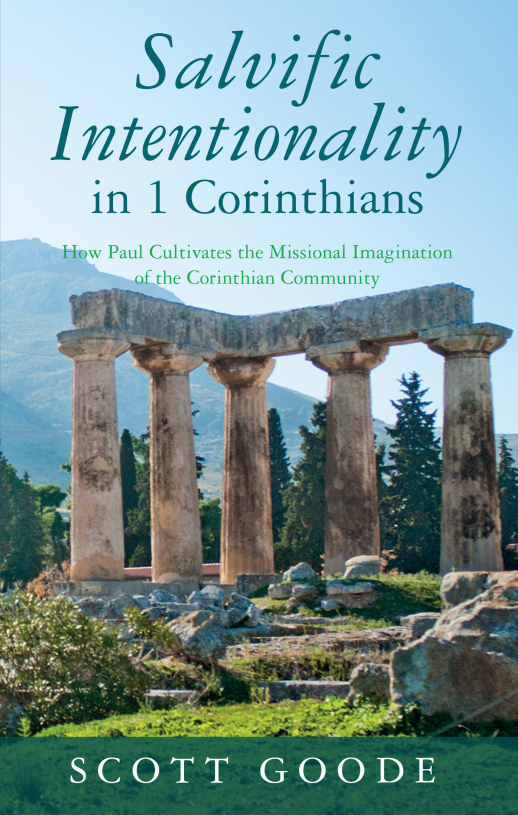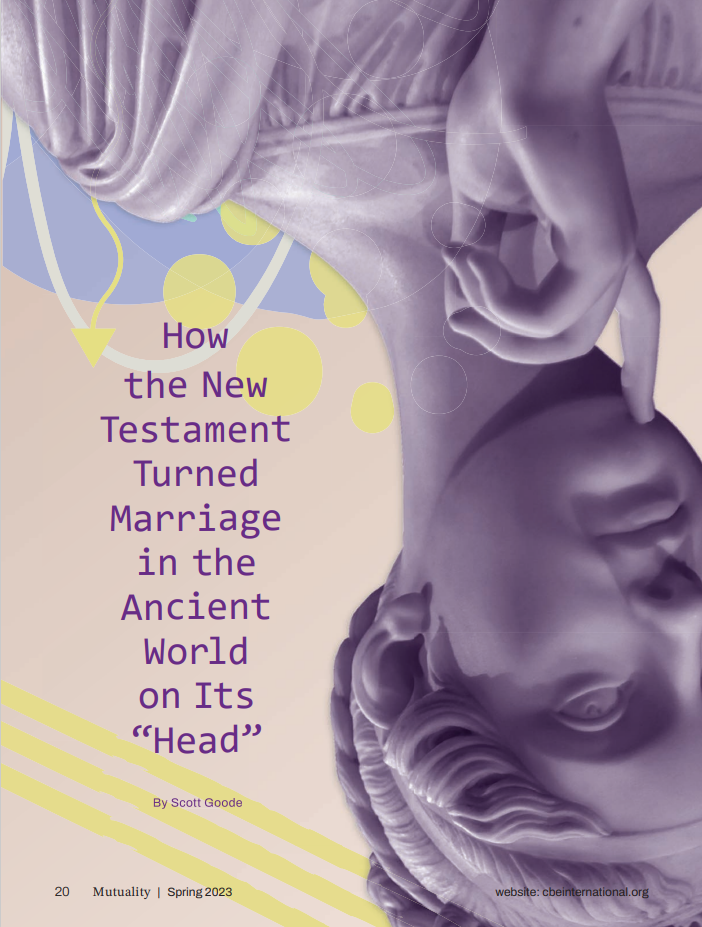Publications
There are few matters more important than God’s mission in the world. This book offers a fresh contribution to a long-standing debate in Pauline and missional studies regarding the apparent absence of a missionary mandate for the churches of the New Testament. Through a literary and socio-historical study of 1 Corinthians, and in conversation with the emerging discipline of social identity theory, this book invites the reader to consider how Paul’s missional expectations may have been received and put into practice in first-century Corinth by the first readers. Along the way some new lines of enquiry are opened for certain texts which have remained for a long time in a state of scholary stalemate. But these technical discussions give way to a larger goal: to offer a missiology in action, in all its Corinthians complexity. Could such an approach inform a robust missional identity for the church of today? As the Western church searches for a new self-understanding in an increasingly post-Christian culture, the intention of this book is to cultivate the missional imagination of contemporary believers for their ongoing participation in God’s mission in the world.
Read a review (pdf) published in the Australian Journal of Mission Studies (with thanks for permission granted by AJMS).
Read a review (png) published in the Essentials journal (Evangelical Fellowship of the Anglican Communion) and subsequently in The Melbourne Anglican.
Endorsements
Do husbands hold an innate leadership role over their wives? Are wives to submit to their husbands’ authority? Those who answer yes to these questions often describe marriage as an expression of male headship, and they appeal to what appears to be a plain reading of such passages as Ephesians 5:21-23. In this article Scott Goode explores the sociohistorical background against which two significant New Testament marriage texts are to be read. Whereas in the ancient world the head-body image often described relationships of hierarchy and preeminence, in Ephesians 5:21-33, Paul turns the head-body metaphor on its “head” and calls the one who has the place of honour (the husband) to serve the welfare of the “lesser” (the wife). Moreover, in 1 Corinthians 7:3-5, Paul gives to both spouses an equality of “authority” from which to serve each other and even assumes the believing wife may hold a position of spiritual leadership in her home (1 Cor 7:14-16).
Hermeneutical methods have typically employed a range of critical tools to facilitate the interpretation of texts and ensure a sensitivity to the reader’s own horizon of understanding. In this essay, I argue that the Easter event uniquely addresses what is common across all humankind. In conversation with 1 Peter, I take the metaphors of wounding and healing (1 Pet 2:24) to sketch the wounded human condition and offer a theological account of how the death and resurrection of Jesus achieves the promised healing of humanity. Easter, therefore, is an event which reveals the extent of human tragedy, offers transformation of oneself through the agapeistic wounds of Christ, and invites the believer into an epistemology of faith—to “live by faith, not by sight” (2 Cor 5:7).


